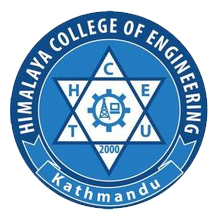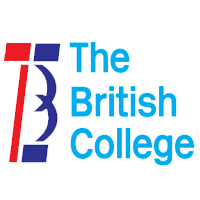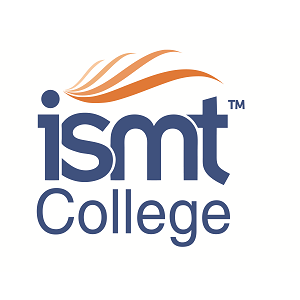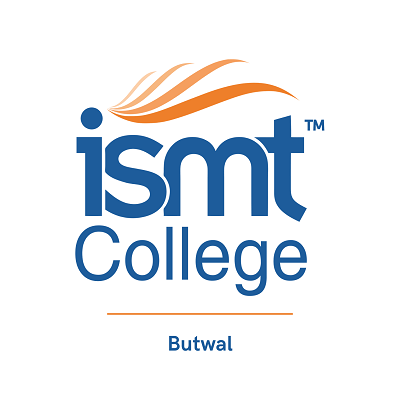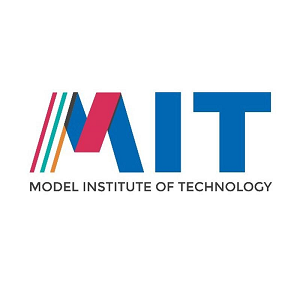Overview
BSc CSIT at Kathford College, Balkumari, Lalitpur (TU–IOST, 4 years)
BSc CSIT at Kathford College, Balkumari, Lalitpur, runs under Tribhuvan University’s Institute of Science and Technology (IOST). The course follows TU’s semester structure and admission rules through the IOST entrance.
Students who plan for software development, systems work, data-focused roles, or network administration will find a clear pathway that begins with fundamentals and ends with project-based learning and a capstone.

Affiliation: TU–IOST
Location: Balkumari, Lalitpur
Duration: 4 years (8 semesters)
Admission route: IOST entrance (merit based)
Highlights
-
Curricular authority: IOST sets syllabus, credit structure, and semester flow for CSIT.
-
Entrance requirement: IOST entrance is mandatory for admission consideration.
-
Institutional context: Kathford provides program delivery, labs, projects, and orientation after selection.
Curriculum Details
Early semesters cover programming in C/C++, discrete mathematics, digital logic, and computer organization. Mid-course subjects include data structures and algorithms, operating systems, database systems, computer networks, and theory of computation.
Later semesters open electives such as web technologies, mobile computing, data mining, and selected advanced topics. IOST specifies the distribution of core, service, and elective courses, along with lab work and project components.
Objectives
-
Build sound fundamentals in programming, data handling, and system-level thinking based on TU standards.
-
Develop applied skills through labs, mini projects, and a final capstone.
-
Prepare graduates for entry roles in software, networks, quality assurance, or junior data roles, depending on electives and project work.
Scope
Graduates begin in entry roles across software firms, IT units in banks or NGOs, and network support teams. Students who choose data-focused electives move into junior data analysis or ETL support after further practice.
Academic progression includes TU master’s options and certification tracks based on interest. The scope reflects TU’s CSIT structure and the general demand for software and systems skills in Nepal.
Learning Outcomes
-
Programming competence: Write, test, and document programs that meet a stated requirement.
-
Systems literacy: Explain OS, networking, and database concepts and apply them in labs.
-
Data awareness: Model data, query databases, and interpret basic analytics outputs.
-
Project capability: Plan small projects, use version control, present results, and respond to feedback.
These outcomes trace back to IOST’s distribution of core and service courses and the project requirement.
Skill Development Modules
-
Core CS skills: C/C++, data structures, algorithms, OOP, and software engineering practices.
-
Systems practice: OS commands, shell basics, process/thread concepts, and network configuration labs.
-
Data and web stack: SQL schema design, transaction basics, web frameworks in elective streams.
-
Professional skills: Documentation, presentation, and teamwork through semester projects.
Teaching Methodology
Kathford runs lecture-plus-lab sessions, mini projects, and progress checks across the semester. Lab sheets, practical assignments, and internal evaluations feed into TU’s examination system.
Orientation and onboarding support appear on the college page, which helps new entrants plan for study routines, lab work, and exam windows.
Admission Requirements
-
Eligibility: TU–IOST rules for CSIT (10+2 Science or equivalent pathways as stated by IOST).
-
Entrance: IOST entrance examination is compulsory.
-
Selection: Merit-based placement subject to seat availability and college processes after the entrance.
Applicants should review IOST’s official downloads and Kathford’s program page for the latest intake cycle and eligibility notes.
Career Opportunities
Entry roles include software developer (trainee), QA assistant, network support, helpdesk, or database support. Students who complete strong capstone work and maintain consistent lab performance often move faster into team-based development or admin roles.
Further study in data or cybersecurity depends on elective history and project evidence.
Scholarships and Financial Aid
Kathford lists scholarship categories on its official pages, including merit routes linked to entrance or internal performance and need-focused options announced per cycle. Students should verify current categories and quotas during the application window.
Why Choose This Course?
BSc CSIT at Kathford operates within TU–IOST rules while giving day-to-day structure, labs, and guided projects. Students who want a TU credential with steady practice find a predictable route: clear syllabus, defined exams, and support on campus processes after selection.
Conclusion
BSc CSIT at Kathford College offers a TU–IOST governed path that starts with strong foundations and ends with a project-backed transcript. Careful planning, consistent lab work, and early documentation habits help students build credible evidence for internships and first jobs.
Applicants should track IOST notices and the Kathford program page for dates, forms, and seat updates.
FAQ
Is the IOST entrance mandatory?
Yes. Admission depends on performance in the IOST entrance for CSIT.
How many semesters does CSIT have?
Eight semesters across four years under TU–IOST.
Where can I see the official CSIT syllabus?
IOST’s download portal and CSIT curriculum PDFs contain official details.
Does Kathford post program guidance?
Yes. The BSc CSIT page lists eligibility, entrance notes, and onboarding steps.
Who issues exam rules and results?
TU–IOST issues central rules and examinations for CSIT.
Contact Kathford International College of Engineering and Management's administrative office for detailed information on the BSc CSIT course, including fees, scholarships, facilities, counseling, eligibility criteria, etc.




